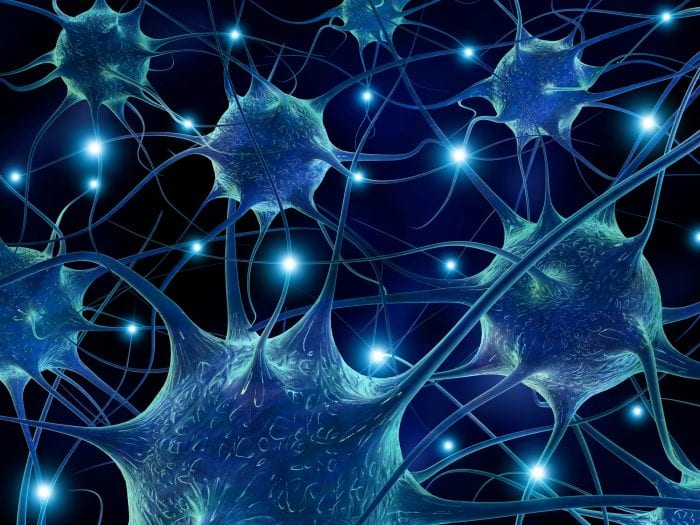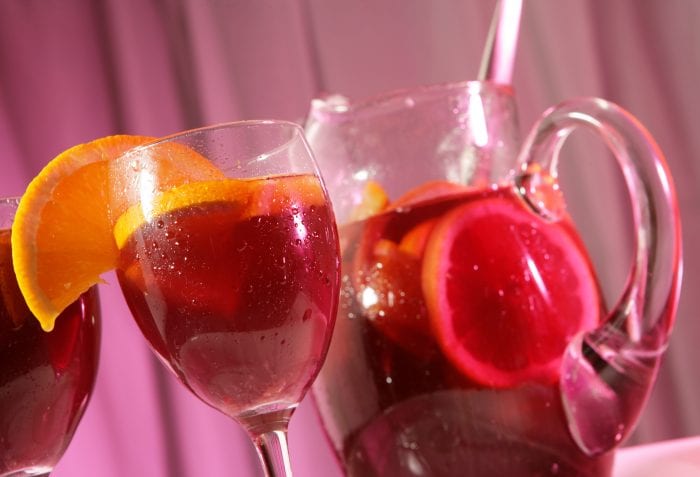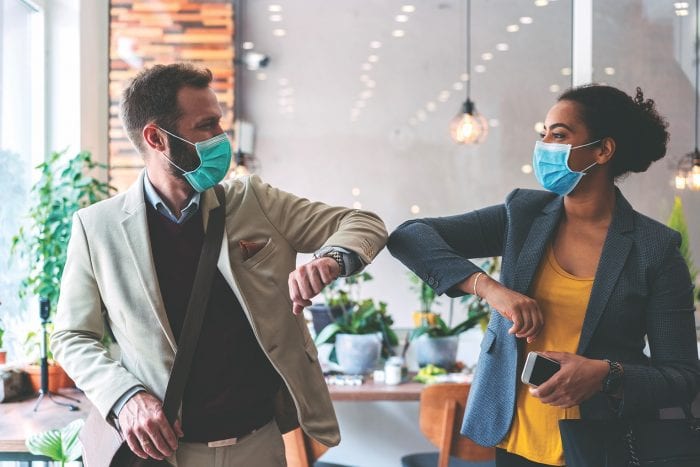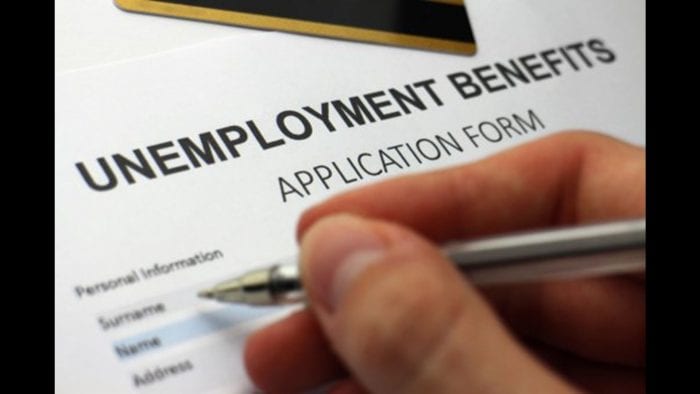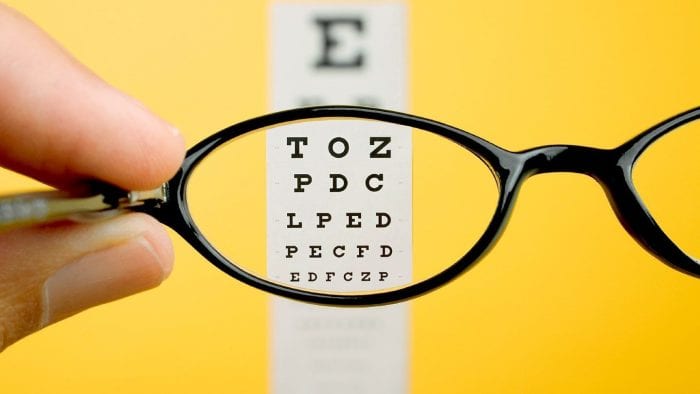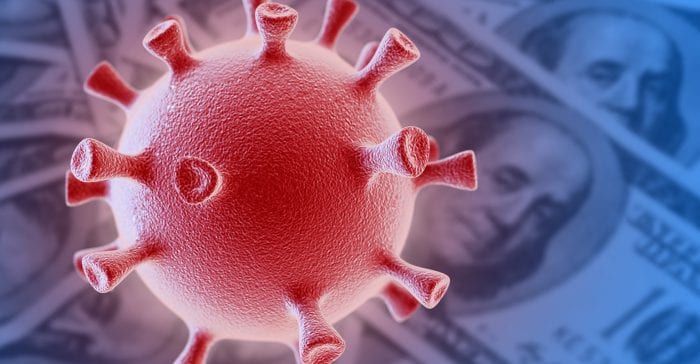By Leah S. Dunaief

What’s it like to be a grandparent?
Most of us would say it’s totally wonderful. But it’s not automatic. It’s a club we can’t join on our own. Only through our children’s actions can we be admitted, and for some people, their children are reticent to provide admission. Getting married in one’s 20s and shortly thereafter starting to have children is not the automatic course of events it once was in the last and previous centuries. For others with no children of their own, the surrogate route is available, and that can be deeply satisfying.
I can share with you some of the personal satisfactions. I am grandmother to four, who are in their teens and early 20s. Watching them grow and flower has been as much a miracle to me as their births, and they have expanded my horizons even as they have found their own paths. From my oldest grandson, I have learned a bit about making films since he has become a filmmaker. As you may know, we have even teamed up and collaborated on his movie, “One Life to Give,” about Benjamin Tallmadge, Nathan Hale and the Culper Spy ring.
From my second grandson’s work, I am thrilled to hear how music is made and then distributed to the public. This is his chosen career and our family is enjoying every note. My granddaughter is in college and expresses an interest in psychology, a field in which I have, to my regret, never taken any courses and am eager to learn more about. She is also a marvel to me because she is the first daughter among a team of sons to come along in a couple of generations. And my youngest grandson, still in high school, and I share a passion for baseball. Our only difference: he plays, I watch. And cheer.
Perhaps a less generally articulated satisfaction of being a grandparent is watching our children become parents. They have moved into those roles with the same eagerness and trepidation that their father and I felt. They now know what it is like to put aside their lives for another. As they have done so, they have understood and, I believe, come to appreciate their father and me, which is a nice aside.
Grandparents get to love their grandchildren without any baggage. We can enjoy their development without as much ego and effort as the first time around. We can play with them when they are little, then give them back to their parents when they need some attention. The remarkable thing about that relationship is how much they seem to love us, right from their first breaths on earth.
Grandparents also are the repositories of the culture, origins and values of the family. They offer a link between past and present, and often it is they who bring together families and community with their Sunday dinners and holiday gatherings.
Where are the grandparents now and how are they doing?
Grandparents have been perhaps the most isolated by COVID-19. In the age group deemed most likely to die from the disease, they have been the most careful about staying at home. As a result, grandparents have become almost invisible over the past four months. The only respite for some has been FaceTime or Zoom. If they have the technology, at least they can connect with family and friends digitally.
To honor grandparents and make them more visible during the pandemic, we are producing a special publication in time for Grandparents Day, a national holiday started by Marian McQuade of West Virginia and made official by President Jimmy Carter in 1978. We are inviting residents to send in pictures of their grandparents, and we will print them in the issue of Sept. 10. September was considered appropriate for such a celebration by the Carter administration since grandparents are in the autumn of their lives. And we consider it appropriate to salute them now for their difficult sheltering-in-place.




